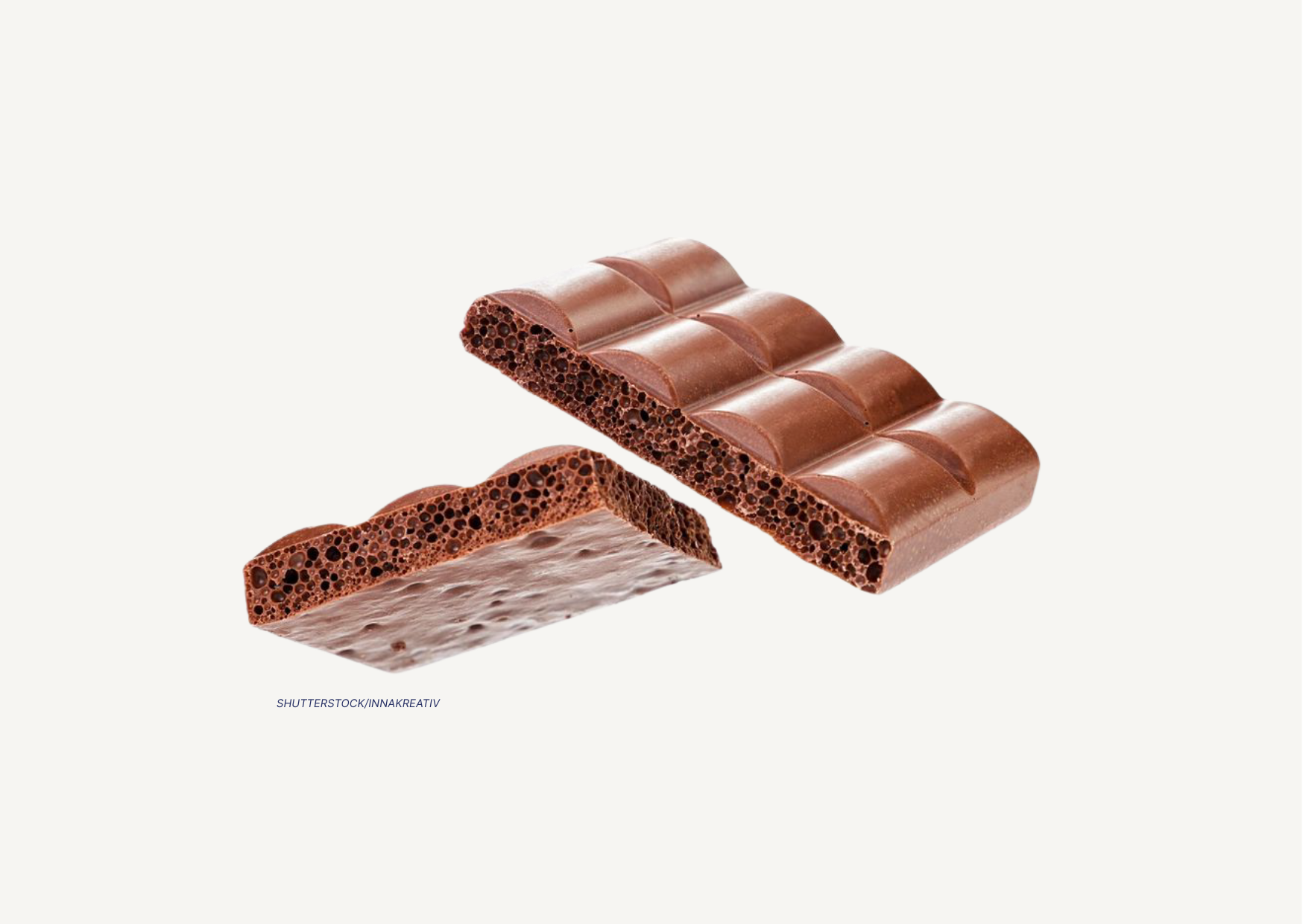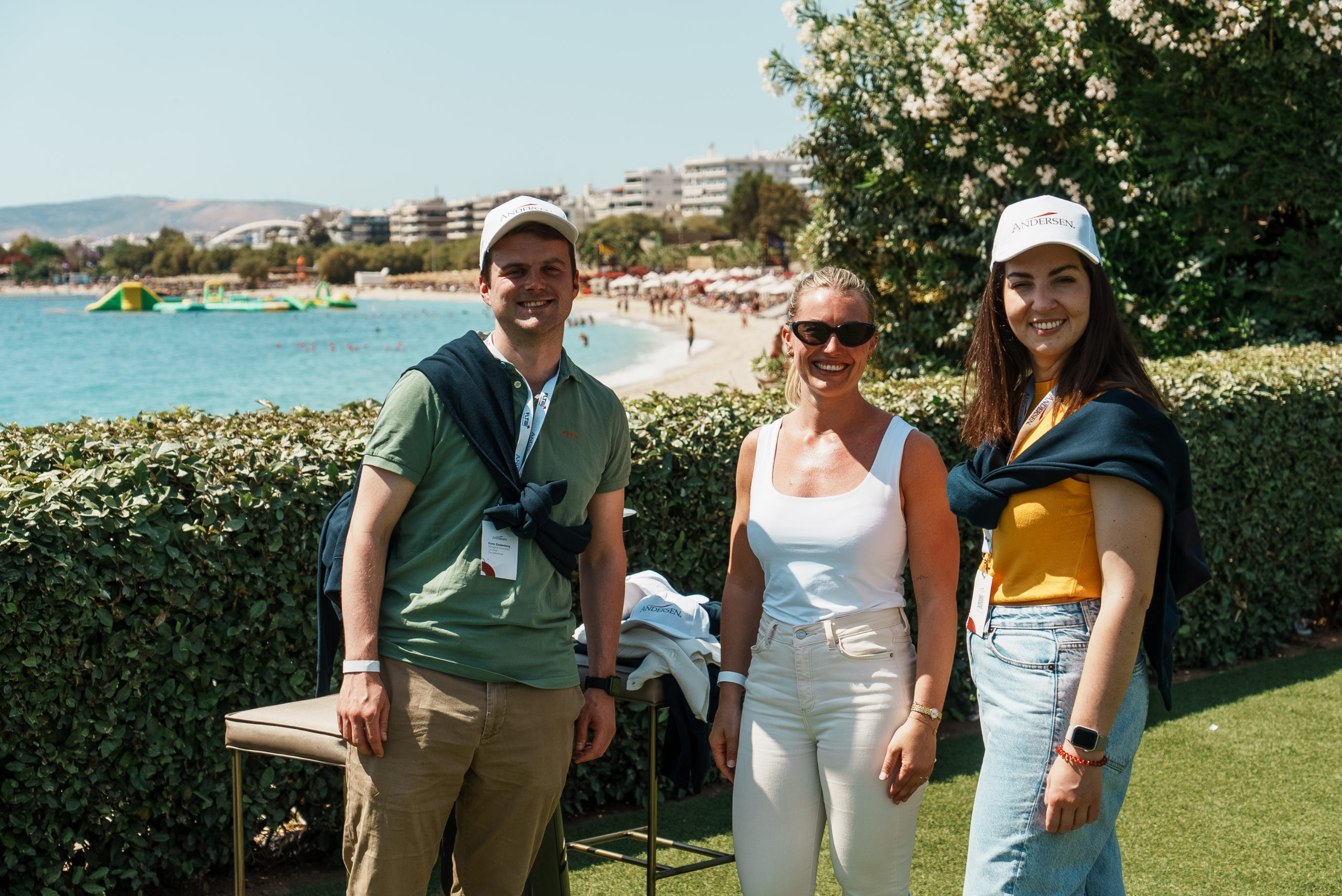
Stratos blue: Board of Appeal finally accepts iconic colour mark for aerated milk chocolate
The long-running saga over Orkla’s attempt to register its iconic ‘Stratos blue’ (Pantone 2144 C) as a trademark for aerated milk chocolate has reached a decisive turning point.
After years of legal wrangling, including a district court victory and a subsequent rejection by the Norwegian Industrial Property Office (NIPO), Norway’s Board of Appealfor Industrial Property Rights (KFIR) has now ruled that the blue colour mark can be registered for “porous milk chocolate”. The decision provides much-needed clarity on the registrability of colour marks in Norway and highlights the evidentiary burden for provingacquired distinctiveness.
Background
Orkla has used a similar shade of blue for its Stratos chocolate since 1985, making it ahousehold staple in Norway. The company’s efforts to secure exclusive rights to this colourbegan in earnest in 2021, but its initial application for “chocolate” in general was rejectedby both NIPO and KFIR. The dispute escalated when competitor Mondelez launched asimilar product with comparable blue packaging, prompting Orkla to sue. In a landmarkruling, the Oslo District Court found that the blue colour had acquired distinctivenessthrough use for “aerated milk chocolate”, ordering Mondelez to change its packaging.
Confident after the district court ruling, Orkla filed a new application, this time limiting thegoods to “aerated chocolate”. Yet, NIPO again refused registration, citing insufficientevidence that the colour had acquired distinctiveness for the relevant goods andemphasising the high need for competitors to freely use colours in the chocolate sector.
NIPO’s reluctance: the ‘free availability’ principle
NIPO’s rejection was rooted in the principle of ‘friholdelsesbehov’ – the need to keepcolours available for all market participants. The office argued that blue is a common andfunctional colour in chocolate marketing, and that granting a monopoly on this colourwould unduly restrict competition. NIPO also questioned whether consumers trulyperceived the blue colour as a trademark, rather than merely as a decorative element orbackground colour. Even the narrowing of the goods to “porous chocolate” was deemedinsufficient to reduce the free availability concern, as the distinction from regular chocolatewas considered artificial.
Orkla’s appeal: evidence and legal argumentation
On appeal, Orkla maintained that the blue colour had become a distinctive sign for aeratedmilk chocolate, pointing to decades of intensive marketing and overwhelming marketshare. The company argued that the Oslo District Court’s findings on acquireddistinctiveness should be given significant weight, especially as the same evidence waspresented to KFIR. Orkla also challenged NIPO’s legal approach, contending that the freeavailability principle should not override clear evidence of acquired distinctiveness for anon-descriptive colour mark, in line with EU case law.
KFIR’s reasoning: a shift in approach
KFIR’s decision marks a significant shift from NIPO’s restrictive stance. KFIR acknowledgedthat colour marks, especially for everyday goods such as chocolate, rarely possess inherentdistinctiveness, and that the free availability principle is relevant when assessing inherentdistinctiveness. However, KFIR clarified that, once a colour has acquired distinctivenessthrough use, the ‘free availability’ principle cannot be used to block registration. KFIR
emphasised that the legal test is whether a significant portion of the relevant publicassociates the colour with a single commercial source.
Crucially, KFIR found that the evidence – particularly, a robust market survey –demonstrated that a substantial proportion of Norwegian consumers linked Pantone 2144C to Orkla’s Stratos chocolate. KFIR noted that the survey’s methodology was sound andthat the results (with over 70% of respondents making the association) were compelling. KFIR also highlighted Orkla’s extensive and consistent use of the colour in marketing, aswell as its dominant market position, as further support for acquired distinctiveness.
A precedent for colour marks in Norway
It is noteworthy that, in the appeal before KFIR, Orkla relied on a narrowed goodsspecification and submitted additional evidence of acquired distinctiveness, which meantthat the case before KFIR was, to some extent, different than that before NIPO.
However, by overturning NIPO’s decision, KFIR still set an important precedent for theregistration of colour marks in Norway. The ruling confirms that, while the evidentiarythreshold for proving acquired distinctiveness is high, especially for single colours in mass-market goods, it is not impossible to reach. Where robust evidence shows that consumersperceive a colour as a badge of origin, registration must follow, regardless of broaderpolicy concerns about free availability.
For brand owners, the Stratos blue saga underscores the importance of long-term,consistent branding and the value of comprehensive evidence when seeking to protectnon-traditional trademarks.
Contact
This article first appeared in WTR Daily, part of World Trademark Review.



